Photography Trips
Explore Northern Quebec
Northern Quebec is a fascinating destination…you have to be experienced to venture into it and the services of a guide are unavoidable. Your survival depends on it. Once you understand this, be prepared for a radical change in your pace of life. Here, we do not live according to a fixed schedule but rather with the conditions of the day. Let me explain….
Tides are among the highest in the world, up to 40 feet. This makes the logistics of operating boats and navigation complicated with no alternative but to comply with it. We don’t go to sea when we want to, but when it’s time. Depending on the tide tables, the schedules can be adjusted and you should be prepared to spend sometimes 8 to 10 hours without returning to the lodge.
Although it is necessary to be willing to accept such schedules, it is nevertheless a dream. The very first time I was dropped on an island surrounded by many birds, I realized all of a sudden that I “had to” spend 12 hours there, no less and no more. In 12 hours, we have time to take the time. We study, observe and develop a strategy to capture this or that shot… and we have time to do it! The fact that you have to spend 12 hours in the same place is predictable (it may be the only predictable thing there) and so you prepare yourself accordingly.
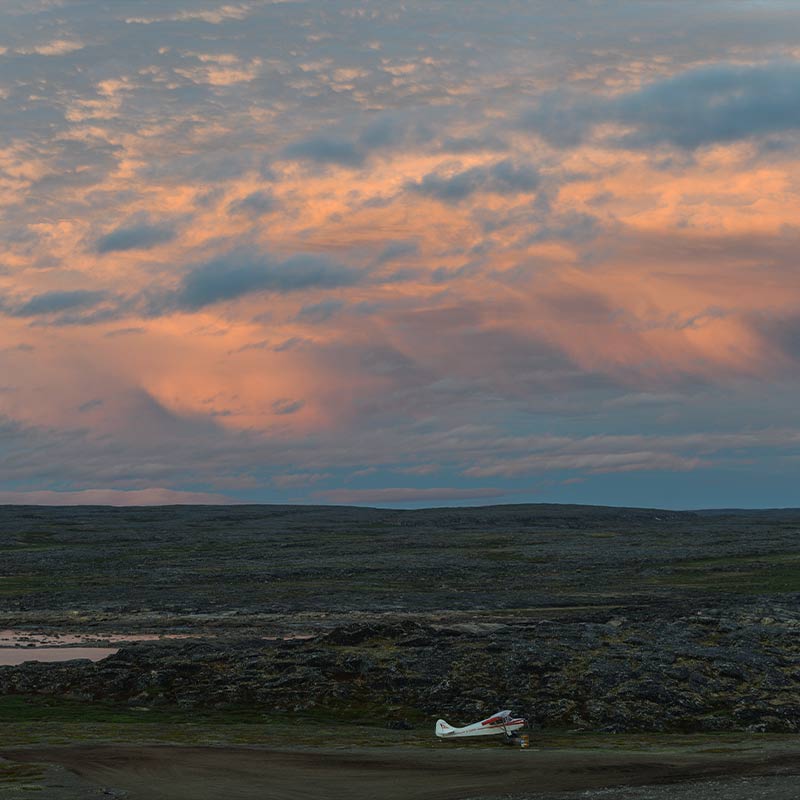
The Arctic Landscape
These unique landscapes sprawl as far as the eye can see. On the land side, ancient glaciers have sculpted small hills accentuated by gaps in the rock. In the middle of the rocky hills and green valleys, you’ll find ancient spruce trees twisted and full of stories. Rivers and streams find their way across a path to the salt waters of Ungava Bay.
Time takes on another dimension here. The sun barely escapes the horizon in the evening to rise a few minutes later, offering a striking spectacle of a play of colours and shadows. The days are long and you will have all the time you need to enjoy them.
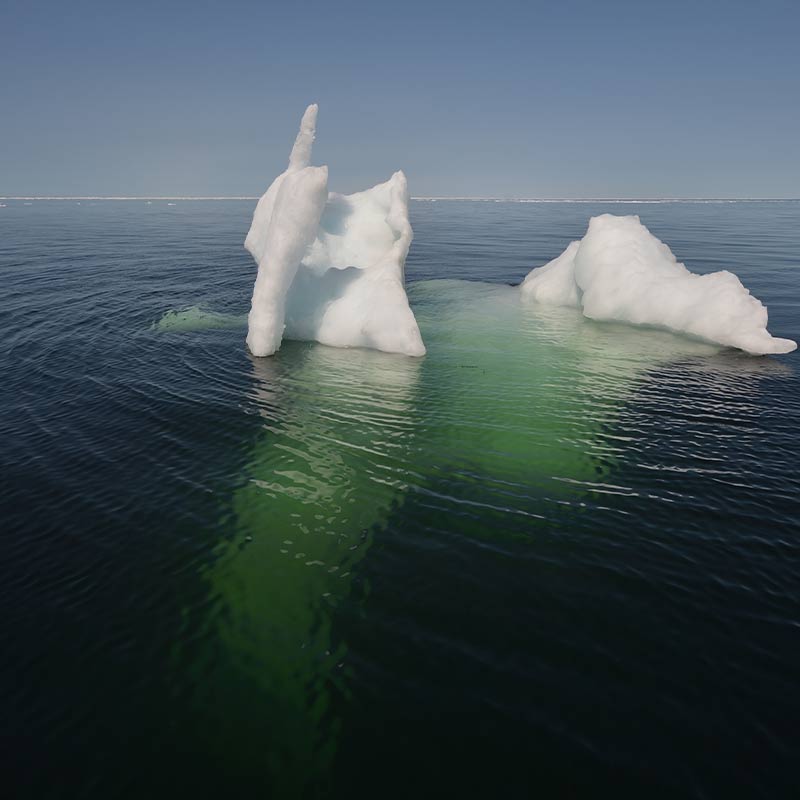
The Arctic Sea
When Ungava Bay is calm, we can get closer to the ice pack and icebergs. It’s awe-inspiring. The experience of having an offshore lunch anchored on the ice is unique, and the surrounding wildlife will put on a show. This fantastic setting and atmosphere will drain your batteries and overload your memory cards.
Meeting Inuit who are passing through or have come to hunt or fish always improves the day. New faces, a particular language, and personalities adapted to the life of this region.

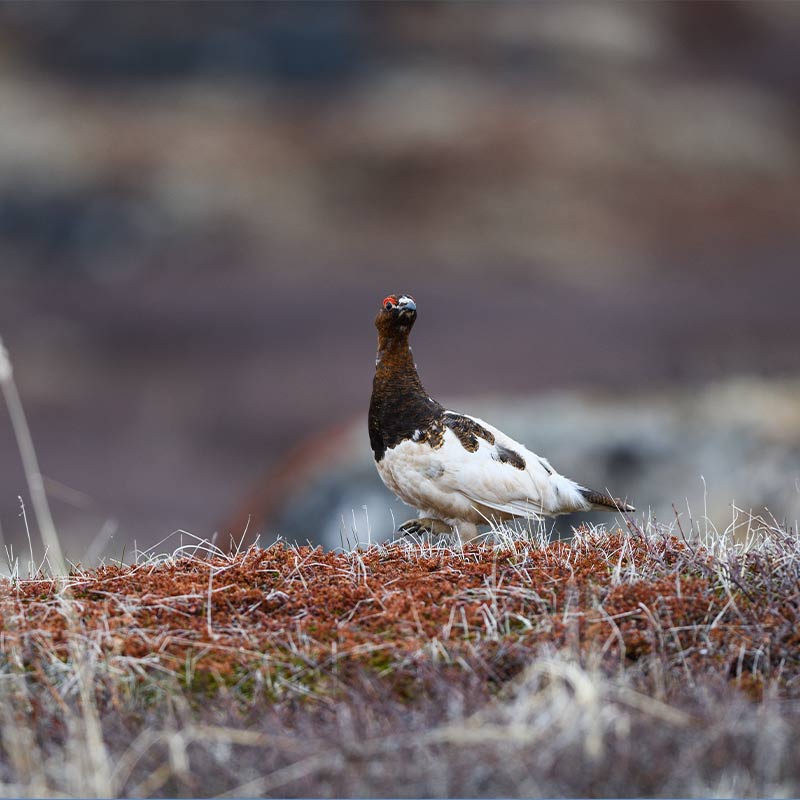
Arctic Wildlife
Everything is white in winter and everything is… very well camouflaged in summer. Even the polar bear that is year-round white is rather dirty grey in the summer and difficult to locate if it does not move. Arctic foxes and Arctic hares take on the same colour as rocks. Willow ptarmigan have the colours and texture of the tundra. But animals are everywhere and very active. Early July is the calving season and the adults are busy feeding their newborns. By following them from a distance, we can quite often spot their burrows. The animals I met there were completely disinterested in me and went about their daily routine as long as I respected an adapted attitude. This is the perfect situation to take behaviour photos, without any interaction between the subjects and the photographer.
Birds invade the islands for the most part. The rough-legged hawk dominates the tundra. Arctic terns, Common eiders, Scoter ducks, Harlequin ducks and mirror guillemots abound on the rocky islands where they nest. A very impressive bird, Arctic loons, is very present. He shares his territory with his older brother the common loon, which is less frequent.
In July, most geese and large snow geese have already left. By respective height, there are still rare sandhill cranes and trumpeter or whistling swans. At the end of July to September, Snowy owls are observed very frequently and are quite easy to photograph.
Ungava Bay offers unique fauna, flora and landscapes… A guaranteed experience of life and exoticism. The perspectives are extraordinary for photographers looking for authenticity, landscapes and wildlife.
The guides are equipped with a vhf radio linked to the base at the main camp, survival equipment, distress rockets and a weapon adapted for protection against Polar bears. Boats are well adapted for navigation in northern waters. They are equipped with sonar and GPS for fog. The general rule is to always stay together (because of polar bears) and never go out alone at sea or on the tundra.
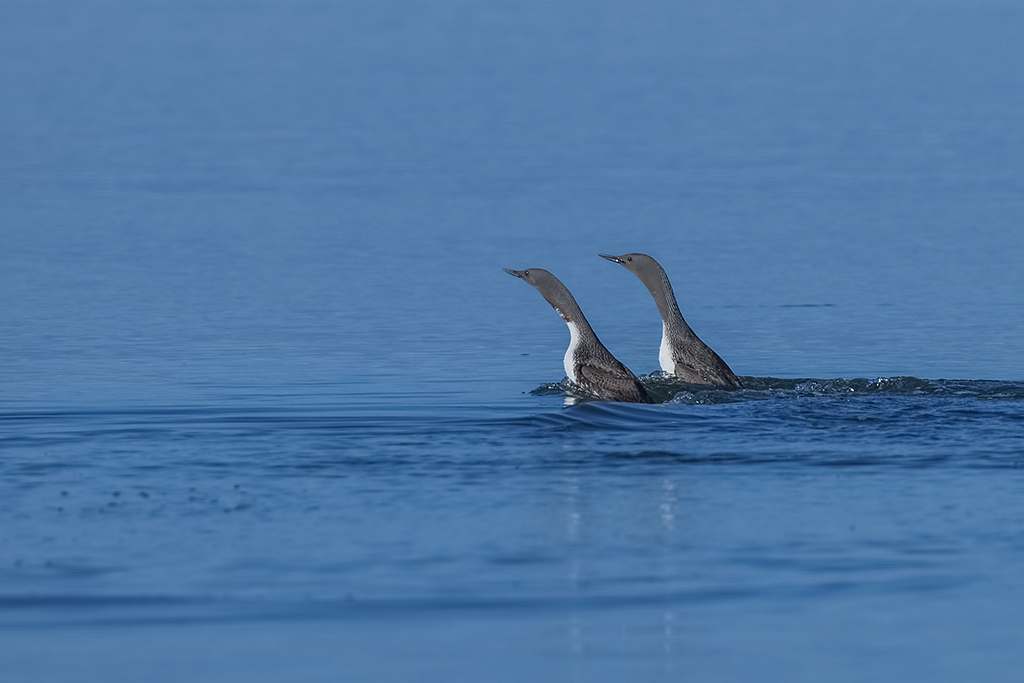
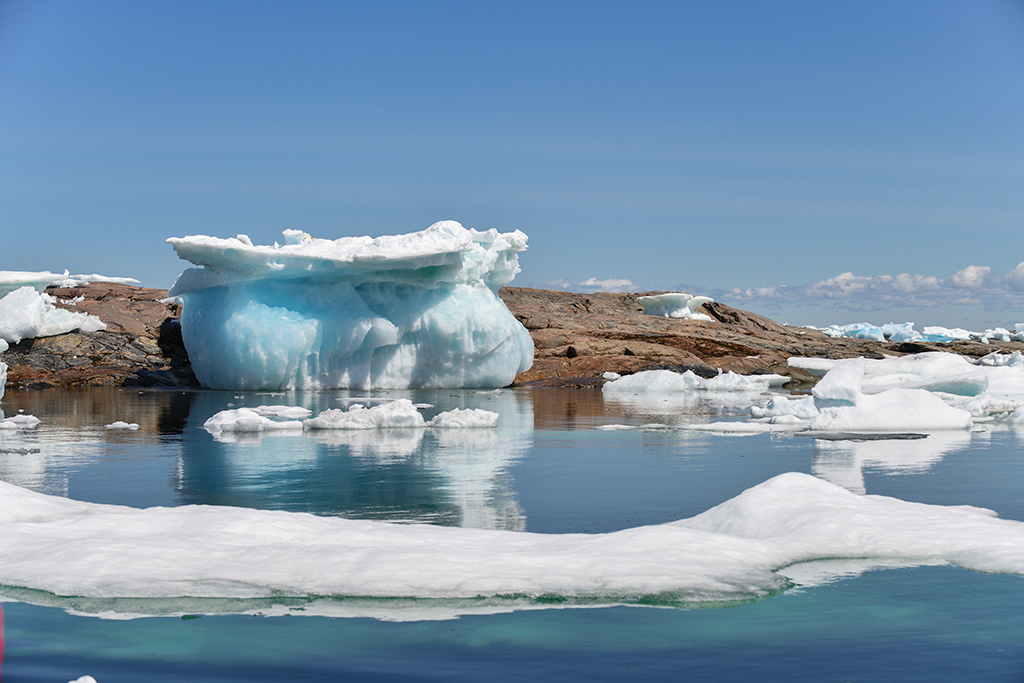
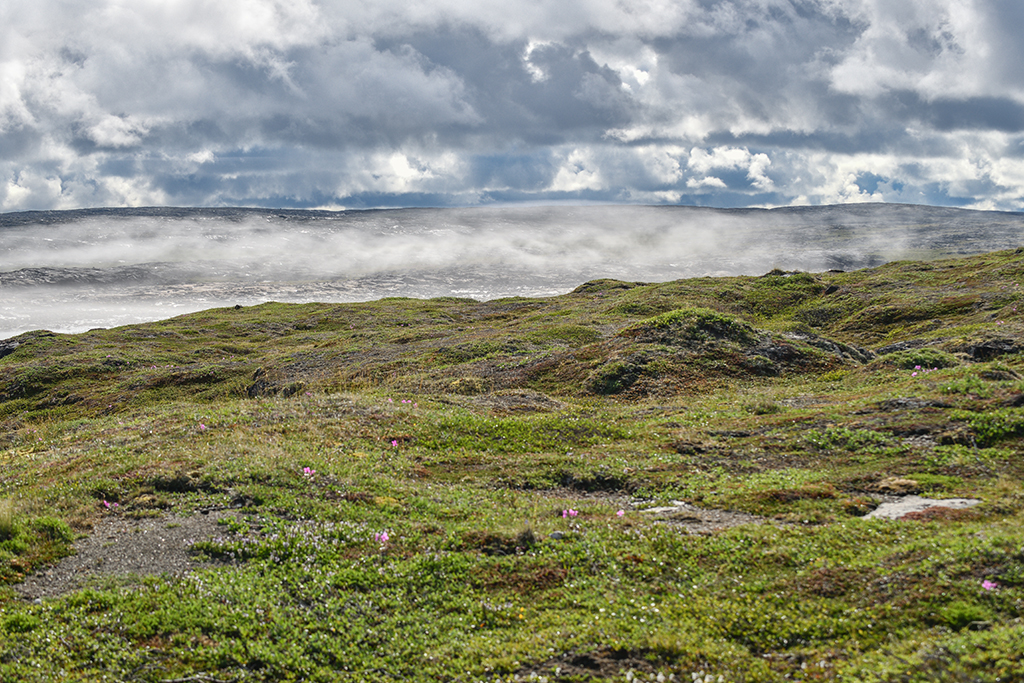
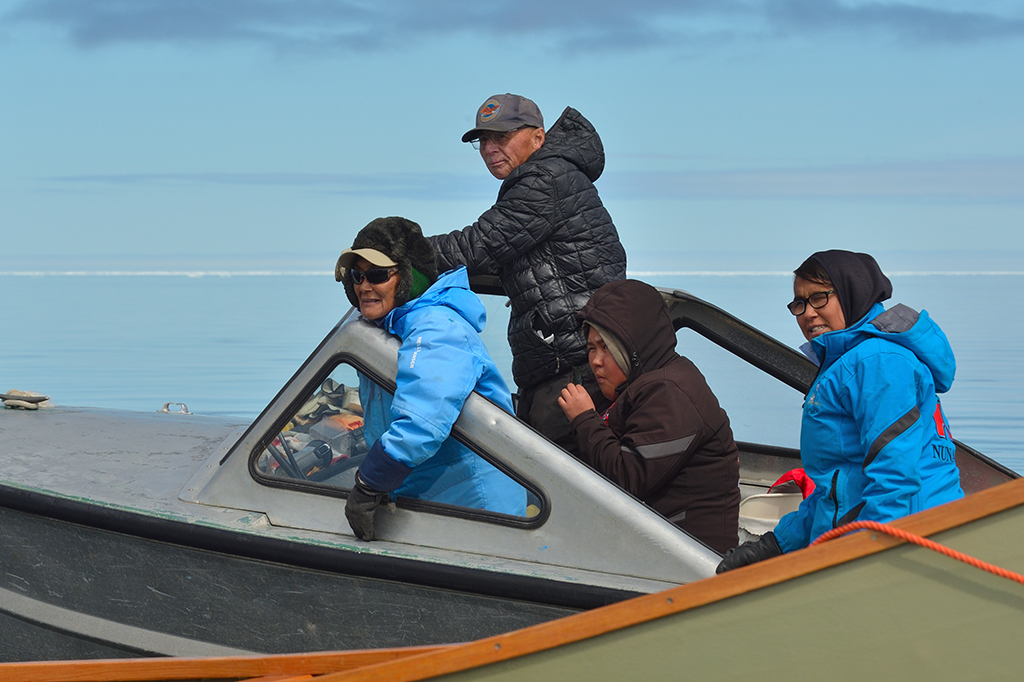
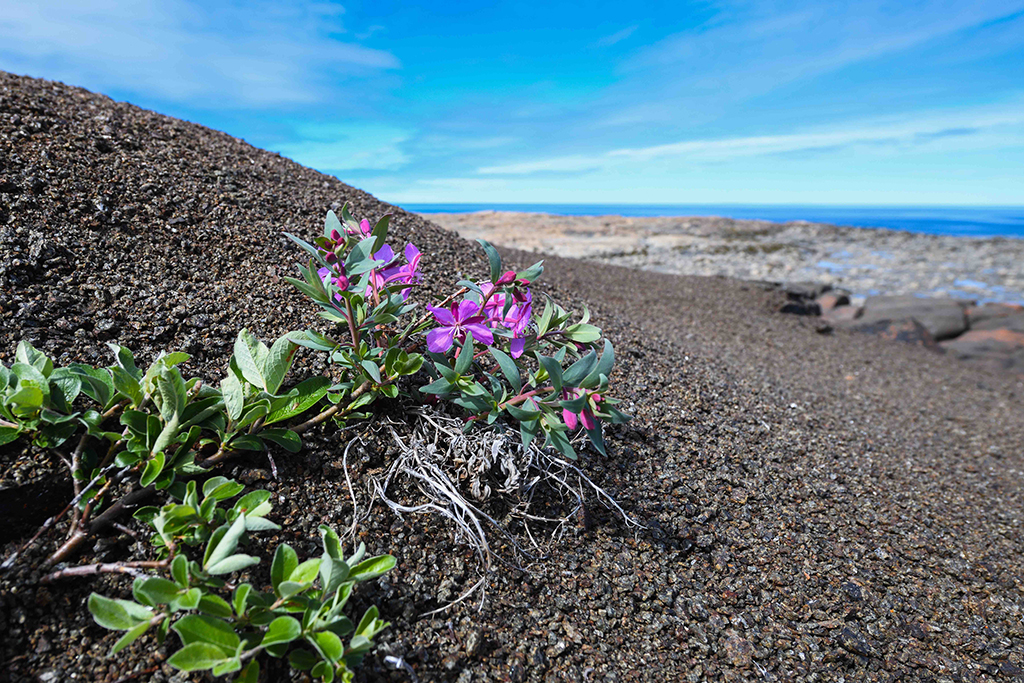
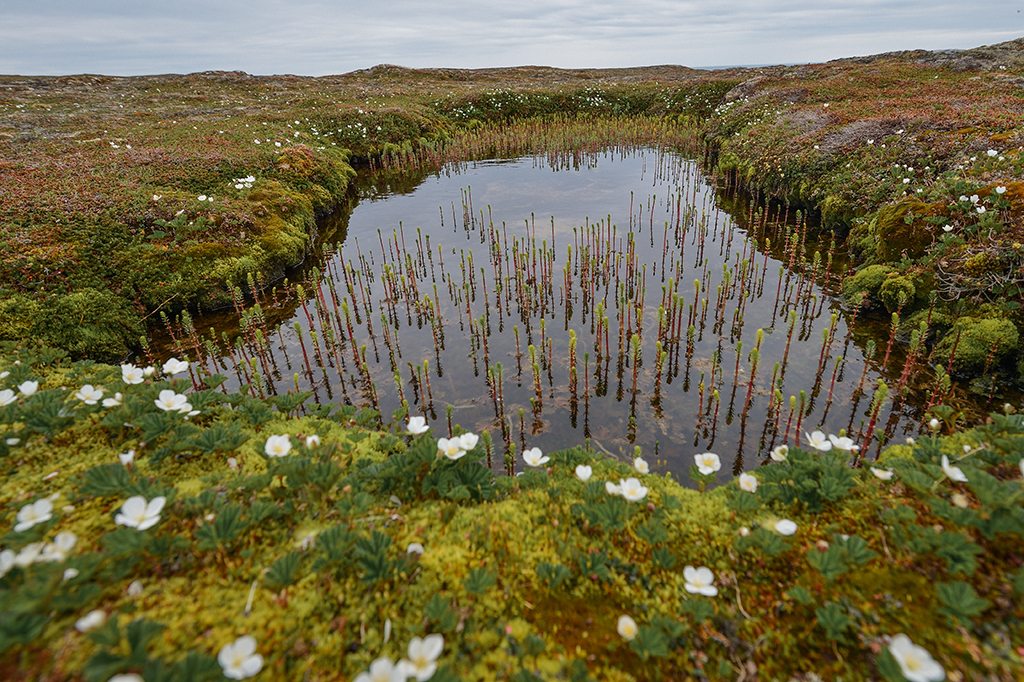
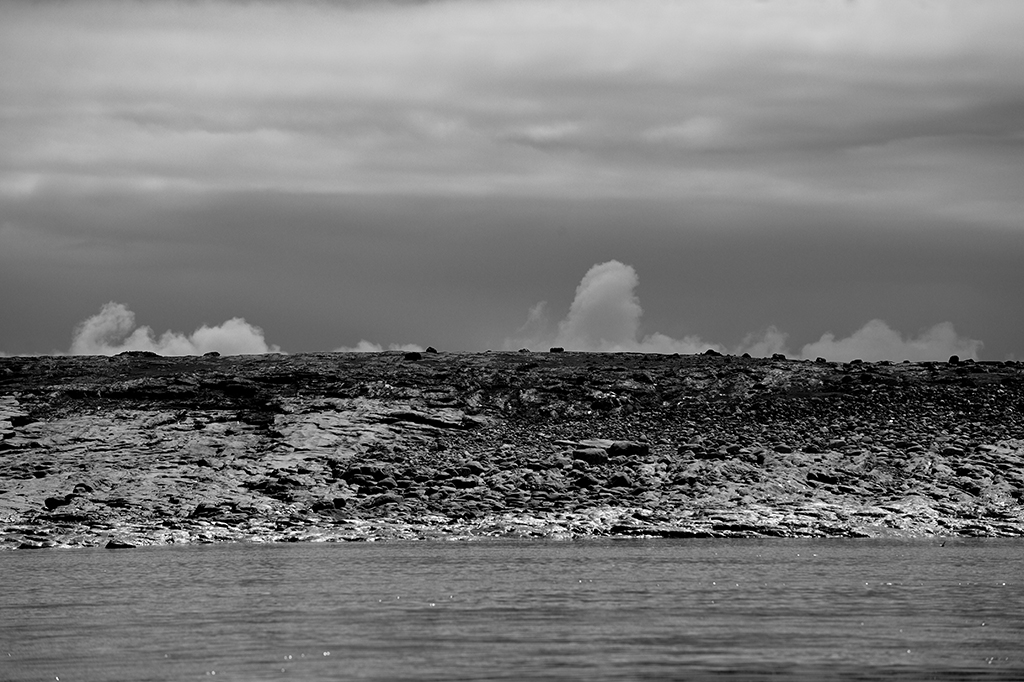
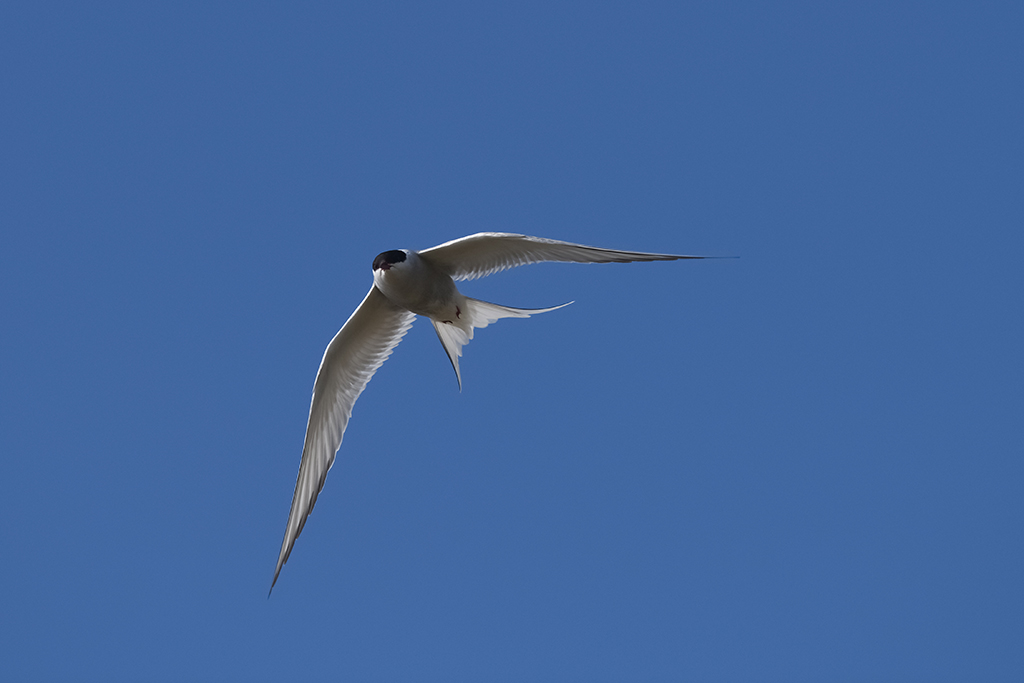
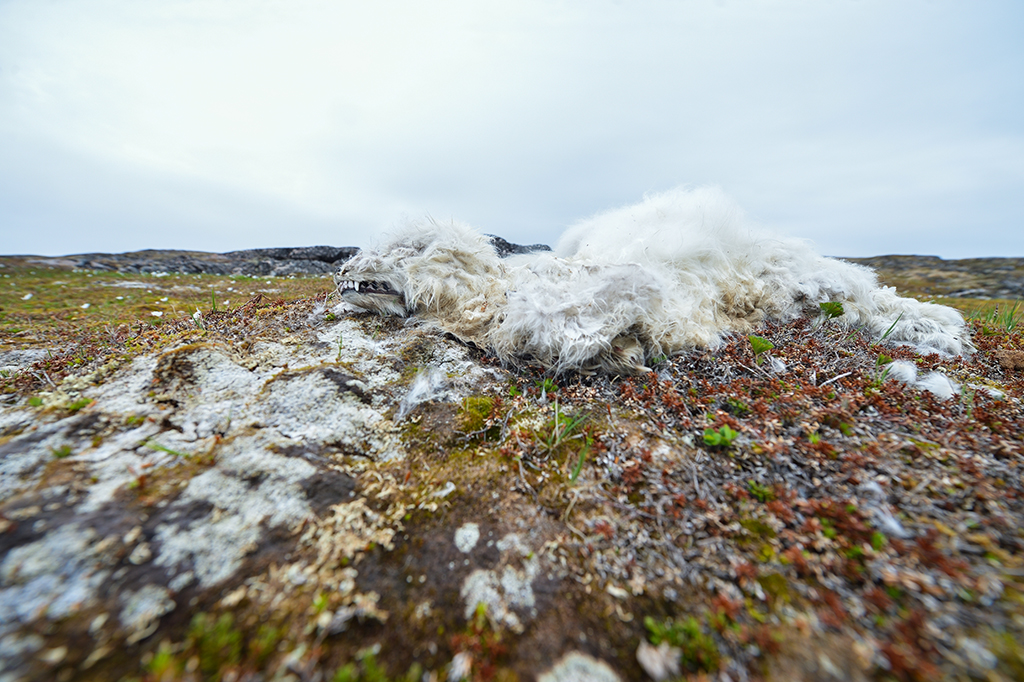
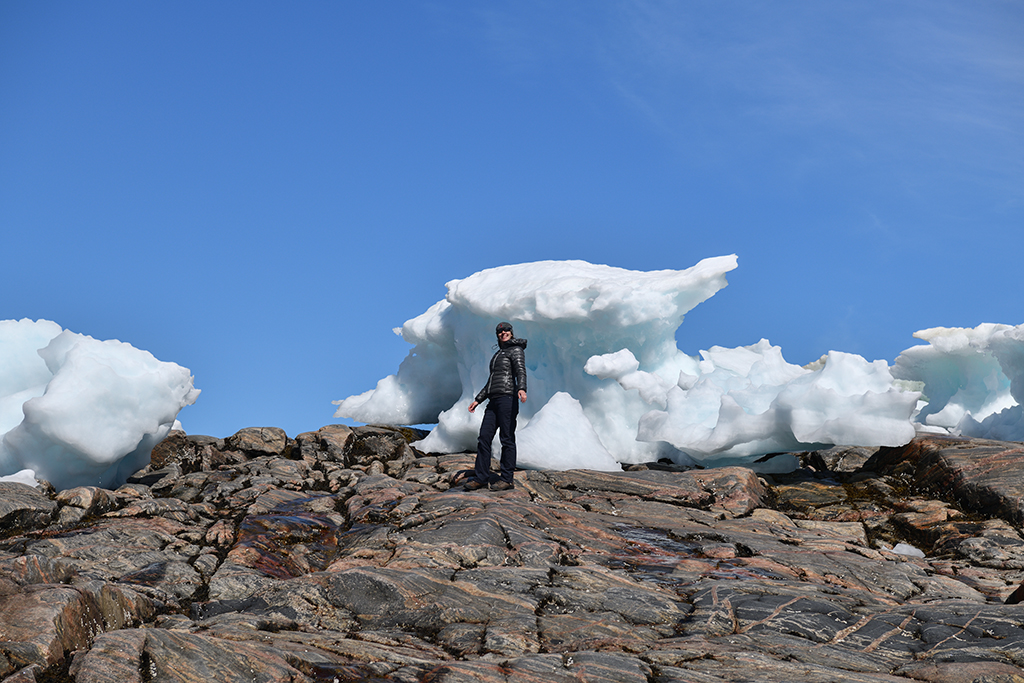

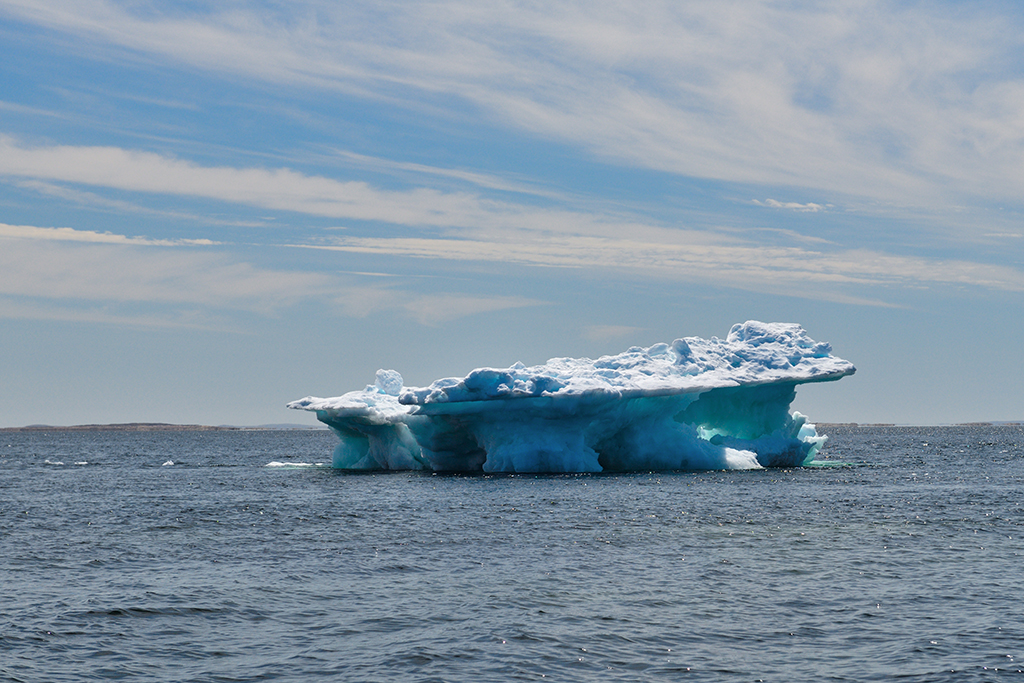
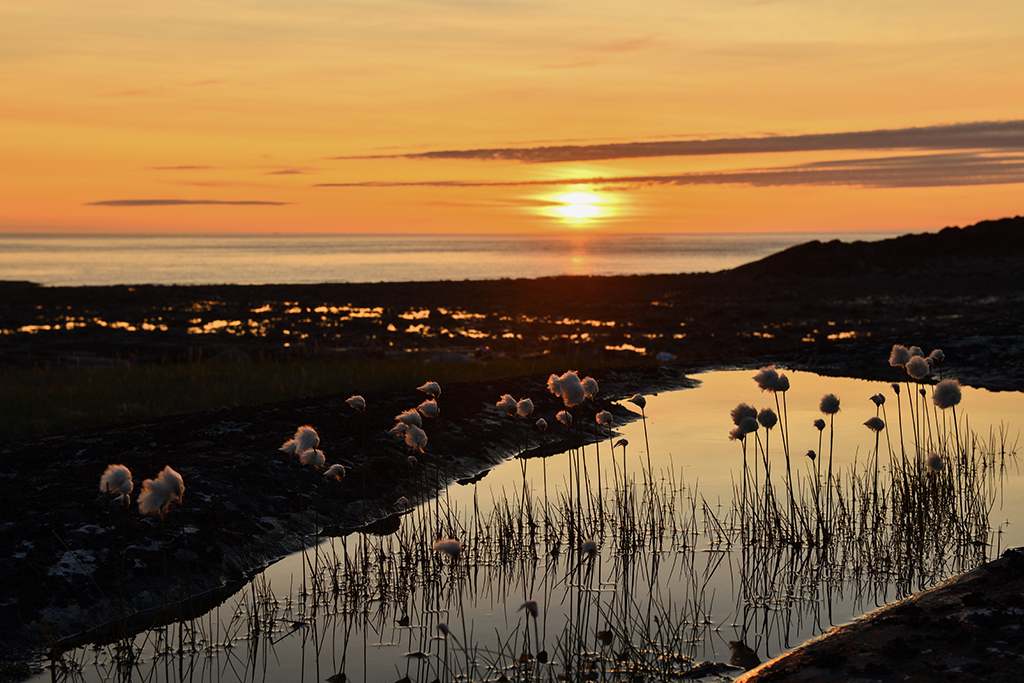

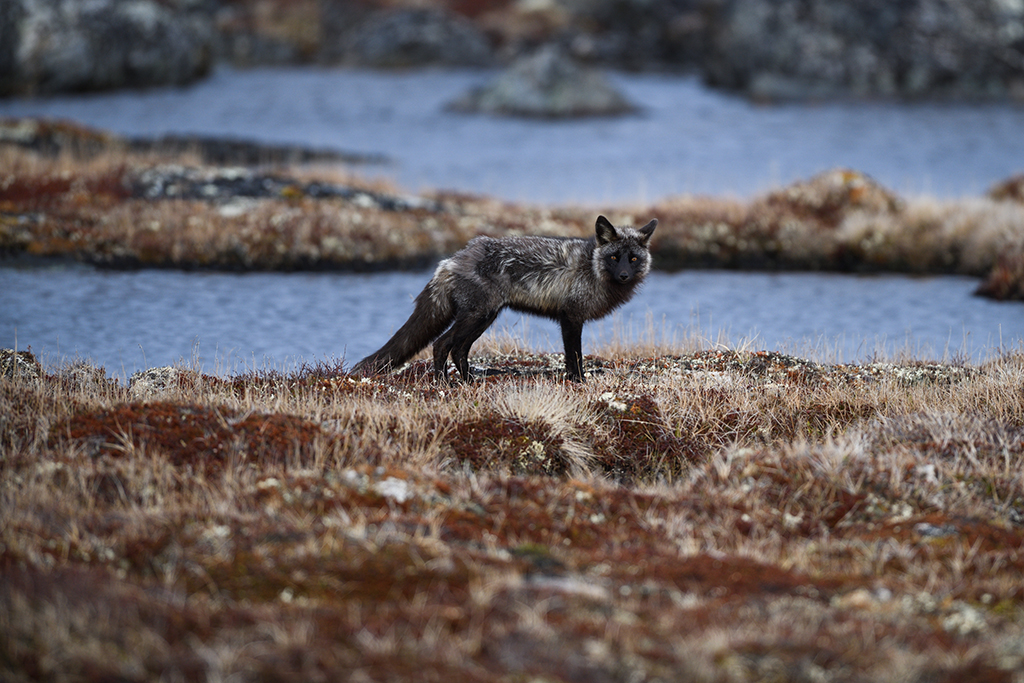
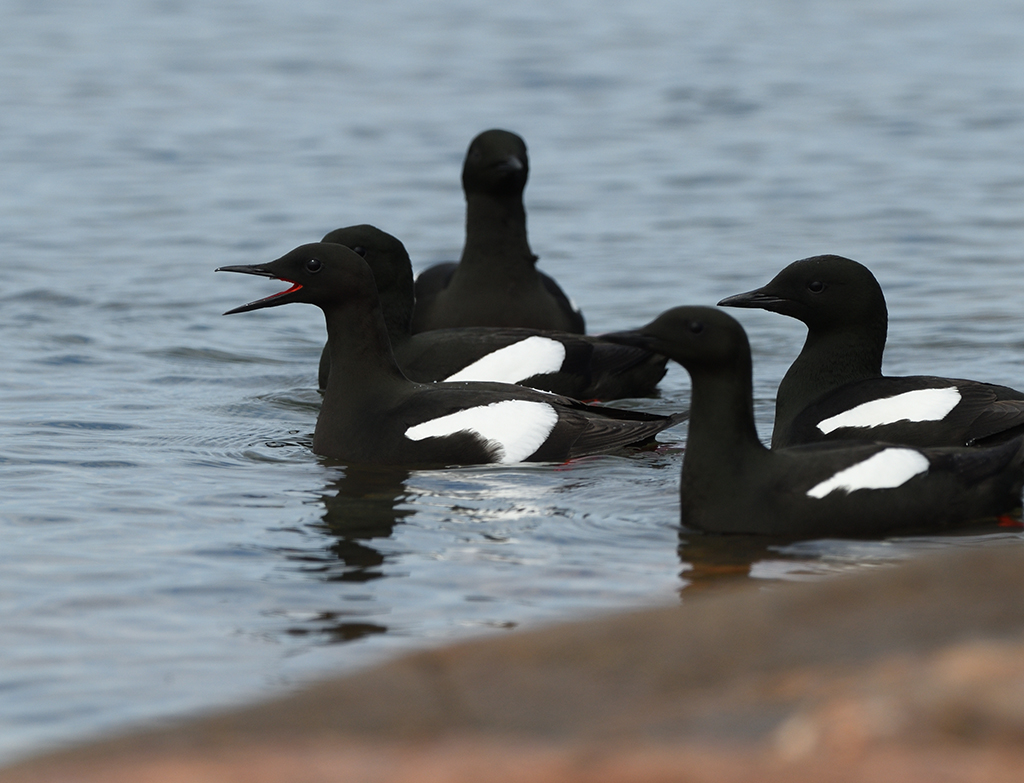

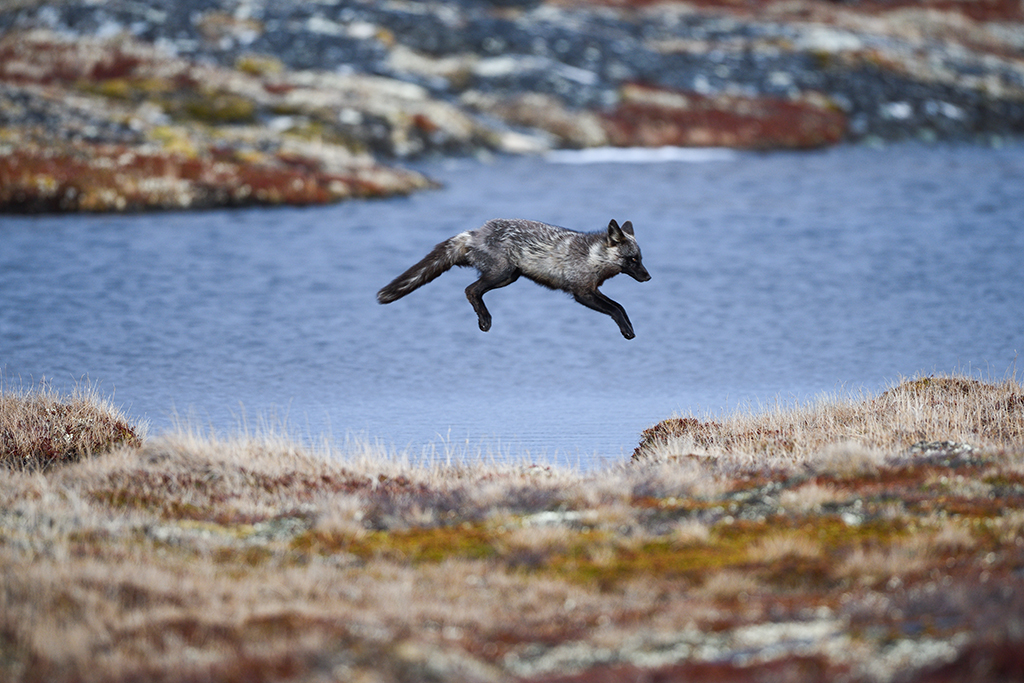
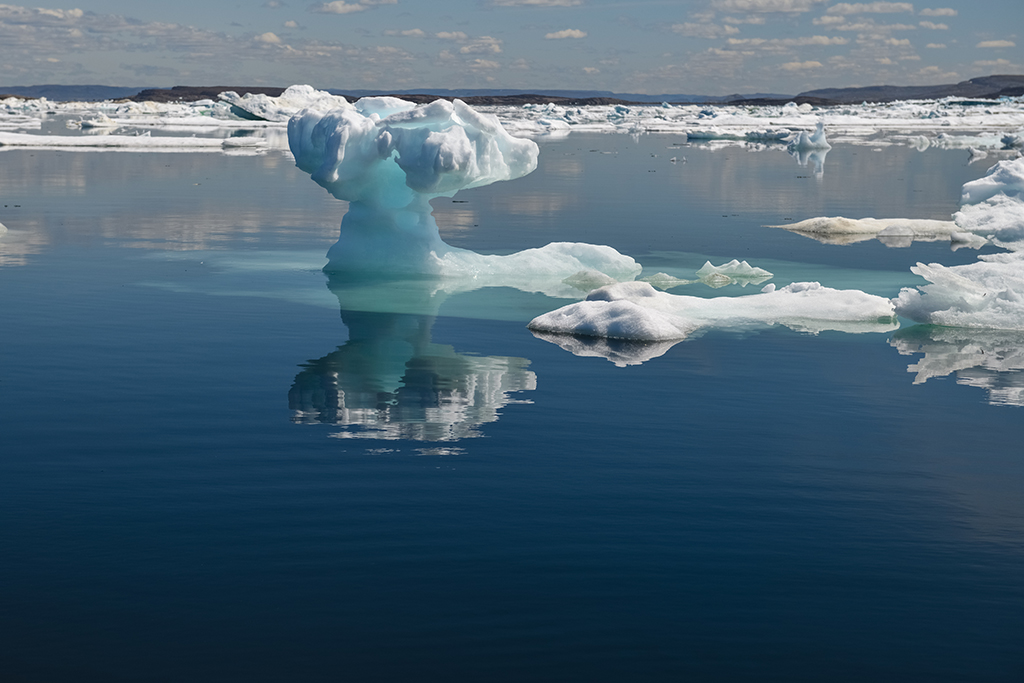
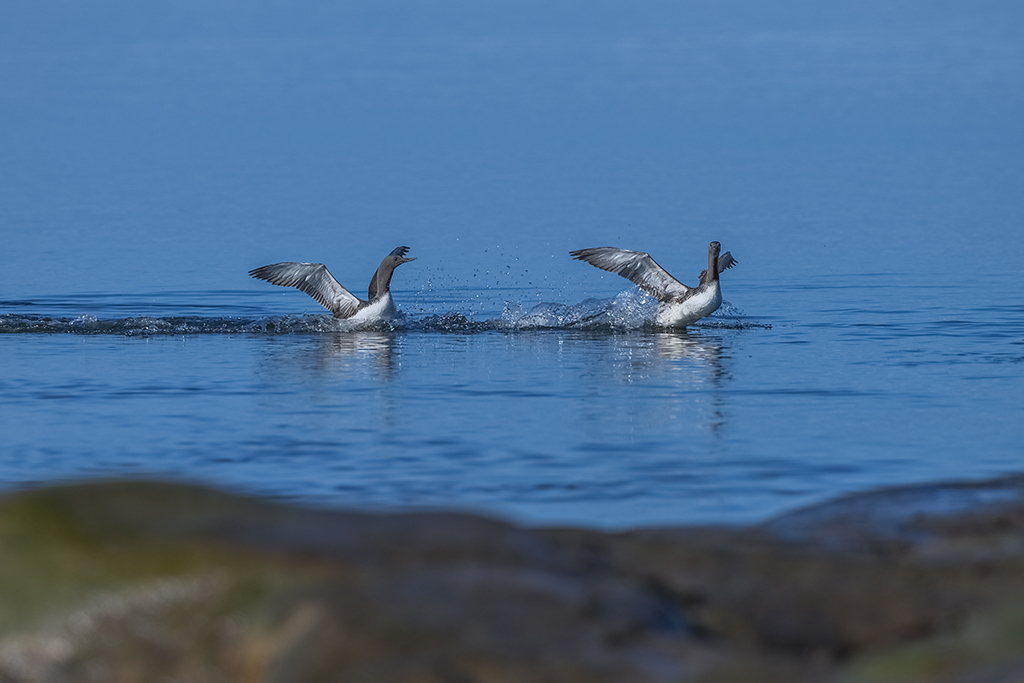
Rates & conditions
For groups of 1 to 6 people: $6 890 $ cad/person
Friday to Friday 7 nights / 6 days of photogrpahy
Terms and Conditions
A $2,500 deposit is required to confirm your reservation. The balance of the package is payable 90 days before your arrival. No discount for a shortened stay or overcharge for an extended stay due to weather conditions. The deposit is non-refundable but is transferable to another date or to another person you may designate. Any additional flights due to weight overload will be at the customer’s expense. Baggage weight limit per person: 60 lbs or 27 Kg.
Services included
- Round trip flight Montreal/Kuujjuaq
- Transfer by seaplane to and from Kuujjuaq/Black Point
- Accommodation, bedding and towels
- All meals served in the camp
- The guides
- Boat, engine and petrol
- Life jacket
- All taxes
Services not included
- Meals in Kuujjuaq
- Additional night in Kuujjuaq*
- Your alcoholic beverages (possible SAQ purchases in Montreal)
- Tips and gratuities
* cancellation and postponement of the seaplane (breakage, weather, etc…)
Weekly schedule
Here is a schedule that should be considered as subject to change depending on the weather. The reality in Ungava is such that humans must be in harmony with nature and live with it. The height and time of the tides, the length of the day and the jolts of the temperature are uncontrollable, our schedule must remain flexible. The activity on day 1, for example, may very well take the place of the activity on day 5 and vice versa.
Day 1
..It is the discovery of the region, the awakening to Ungava. We have to take this day as an adaptation day. To do this, we will travel through the tundra along the shore of Ungava Bay in search of wildlife and landscapes. The animals at this time are in the middle of their breeding season. Mammals are at their burrows and birds at their nests. We’ll have to find them. These sites will be well mapped so that they can be found later in the week. There will be many opportunities for good shots throughout the hike and the subjects will be very varied. This day will familiarize you with this exotic region and its oversized perspectives.
Recommended Equipment: Camera protection against the weather (this applies to all exits, I will not repeat it), wide angle lenses and small telephoto lenses (e.g. 14-24 and 70-200mm), a good backpack, hiking boots, long range binoculars
Day 2
Departure by boat for the whole day. We will accost on an island full of birds of several species. We’ll be there for about 12 hours. All this time will be devoted to taking pictures of the birds but also of the plants, landscapes and various artifacts that can be found. It is also possible to meet marine mammals such as seals or if we are lucky, a Polar bear (your safety is guaranteed)! This day, mainly dedicated to birds, will allow you to improve your flying birds and take behavioural photos. Birds are in the nesting phase at this time of year and they behave in a defensive manner. We will remain discreet in the tidal zone to avoid disturbance by focusing on birds from the interior or those on the sea side as opportunities arise. Arctic loons in parade and Arctic terns in feeding are likely to be the most popular subjects. There is also a good chance of seeing the peregrine falcon hunting around these islands.
Recommended equipment: wide-angle and telephoto lens + tripod. Warm boots and waterproof clothing, Polarizing filter
Day 3
The tundra calls us for another day of animal photography. Previously spotted burrows of wolves, foxes or hares will be visited and others may be found. Willow ptarmigans at this time of year are in the nest. Difficult to spot, they will try to attract us away from the nest when we approach it. With the greatest respect for their reproductive cycle, we will record the position of the nests and return later with strong telephoto lenses to respect their privacy. A careful observation of our environment could lead us to see a Polar bear, a Black bear or an Arctic wolf. Other possible opportunities include patted buzzards, bear or Caribou bones or even whales when travelling along the bay. Without neglecting the part of unpredictable.
If the sky is clear, the return will be early to enjoy the sunset/rise. This opportunity to have the colors of the sunset for hours will provide you with all the time you need to perfect your technique. The foreground, framing, exposure and shutter speed will be your only puzzles. You will need to be ready because the wildlife is especially active when the darkness begins. So, in addition to the wide-angle tripod mount, you will need to keep a bright telephoto lens close by to capture images of Polar or Black bears, Arctic, Red or Silver foxes, Wolves, Arctic Hares, Lemming or Hermine.
Recommended equipment; Good walking boots, light telephoto lenses and wide angles. Close-up binoculars
Day 4
Day at sea. Icebergs or ice floes will be our primary objective. The pleasure of standing there contemplating these large blocks of coloured ice is worth the trip. The sound of ice and terns fills the memory with incredible sounds. The most impressive sight is probably the underwater view of the ice pack or icebergs. The emerald green colour impresses at first sight but the ratio of emerged part and submerged part impresses more. The clarity of the water and its colour show the entire underwater part of these blocks. A polarizing filter is a must on this occasion! It is even sometimes possible to luncheon well anchored to a drifting ice floe with a bottle of cool white wine placed directly on the ice floe. Bearded, ring or harp seals could be part of the wildlife encountered. Much of the day will be spent along the ice floe to try to locate the fauna on the ice edge. You may meet polar bears and seals but also an impressive diversity of birds. Humpback whales, Minke whales and belugas could also be in the area.
Recommended equipment: Warm boots, warm and waterproof clothing, large telephoto and focal lengths from 14mm to 130mm, polarizing filter.
Day 5
Day dedicated to the work of computer photos. Most of the time, we will take advantage of a heavy rainy day to do so. Sorting, cropping, contrast and exposure will be the main topics. The images of the week will also be criticized in a constructive way. It will be time to discuss the different techniques used during the week or to try to solve the different problems encountered.
If it turns out that the sun shines every day, it is possible to use this day to revisit the most interesting sites of the week or to explore an area not yet visited.
Recommended equipment: Laptop computer
Packing List
Clothing & equipment
- Warm clothing (multi-layered), winter underwear, hat, preferably warm and waterproof gloves, polar fleece
- GoreTex Jacket and Pants
- Your best boots (waterproof, good support, good sole)
- Comfortable sleeping bag
- Head net and insect repellent (from July 20)
- Headlamp
- GoreTex jacket and pants
- Binoculars
- 30 to 40L backpack
- Reusable water bottle
- Lightweight camera
- Several spare stockings
- Tinted lenses
Note that the guides always have:
- Defense weapon against polar bears
- Signal flares (by boat)
- VHF radios
- Survival kit
- GPS
Photography Equiptment
- Items listed here are for guidance only. They may vary depending on the type of photo you are taking.
- Two boxes are better than one! (And the instruction manual if you don’t know your device very well)
- Surveillance camera (if you have one for wildlife or timelapse) + batteries
- Large capacity memory cards
- Enough spare batteries to be autonomous throughout the day (which is long). You can recharge at camp every evening.
- Waterproof protective case or envelope
- Wide angles, small telephoto lens and powerful telephoto lens (from 18mm to 500mm). Ex; 18-24mm, 24-70mm. 70-200mm (+ TC 1.4 or 1.7) or; 24-70, 70-200mm, 500mm
Other combinations are also valid. This is to cover the widest possible range of focal lengths
- Polarizing filter
- Lens cleaning set
- Tripod or fixed base
- Remote trigger
- Card reader (or box-computer connection wire)
- Laptop and external hard drive
